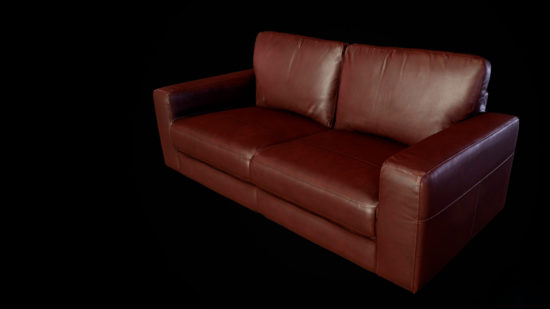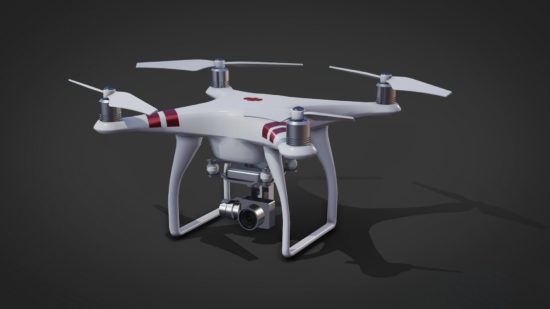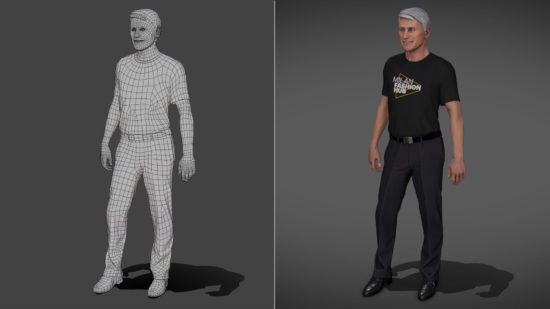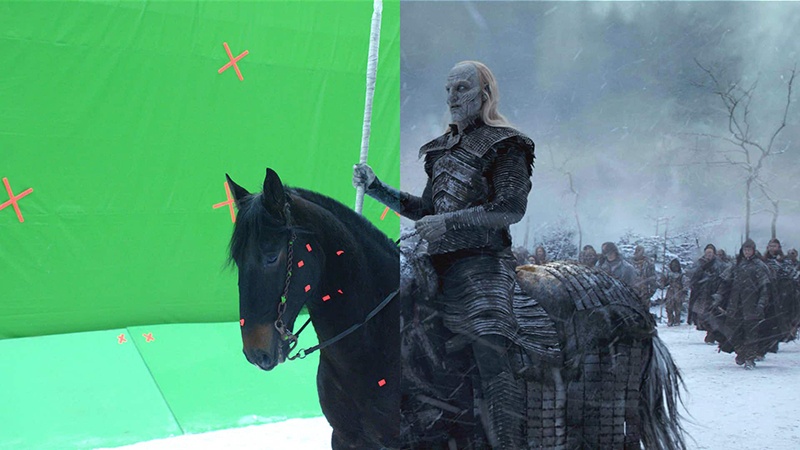
What is VFX?
When we hear the term visual effects, many of us imagine colorful and fantastic creatures, action sequences, fantasy worlds, and other unique visuals one can see on a cinema screen. Although we are accustomed to seeing visual effects in our movies and TV shows and generally associate them with some sci-fi and fantasy elements, they have a much broader range of use.
Visual Effects (often shortened to VFX) represent any imagery created separately from any moving footage or media, and integrated with the media to create a single visual product. Thus, VFX go beyond movies and TV, and can be found in processed videos, video games, motion-supporting images, and many other visual mediums.
Special Effects vs Visual Effects and other comparisons
While VFX encompasses a wide range of modifications to media, it is sometimes confused with other types of effects, some of which bear few similarities with VFX. For example:
Special effects are practical and tangible in nature, meaning that they allow impressive things to occur in films/videos, but create this imagery with physical elements like props, pyrotechnics, prosthetics, etc. Thus, special effects in movies and other media tend to be quite different from digital elements and processes applied in VFX.
CGI refers to Computer-Generated Imagery, and is often used to talk about VFX. However, the two are not interchangeable. CGI is a part of the VFX spectrum, but is limited to computer-made 2D and 3D imagery added to media, while VFX can also integrate hand-drawn elements, filters and tweaks to media, and inclusion of live-action elements from other media files.
Animation is a category of its own, because it does not traditionally incorporate any blending of real-life footage or media, and instead tends to be an organic product with a single drawing/CGI style and some kind of narrative.
Motion graphics typically applies to logos, shapes, infographics, and text that are created digitally and put in motion. They can be considered a form of animation, but typically lack a narrative and are mostly used for advertising and concept presentation.
Visual Effects Software and Main Techniques
All animators, artists, and designers have individual preferences when it comes to the programs they use to create and apply VFX in media. Furthermore, applications all have their unique strong sides, so some of them are better for applying one form of digital effects, while others are best for a different one. We are weighing in on the topic with our perspective.
Top 5 VFX Tools:
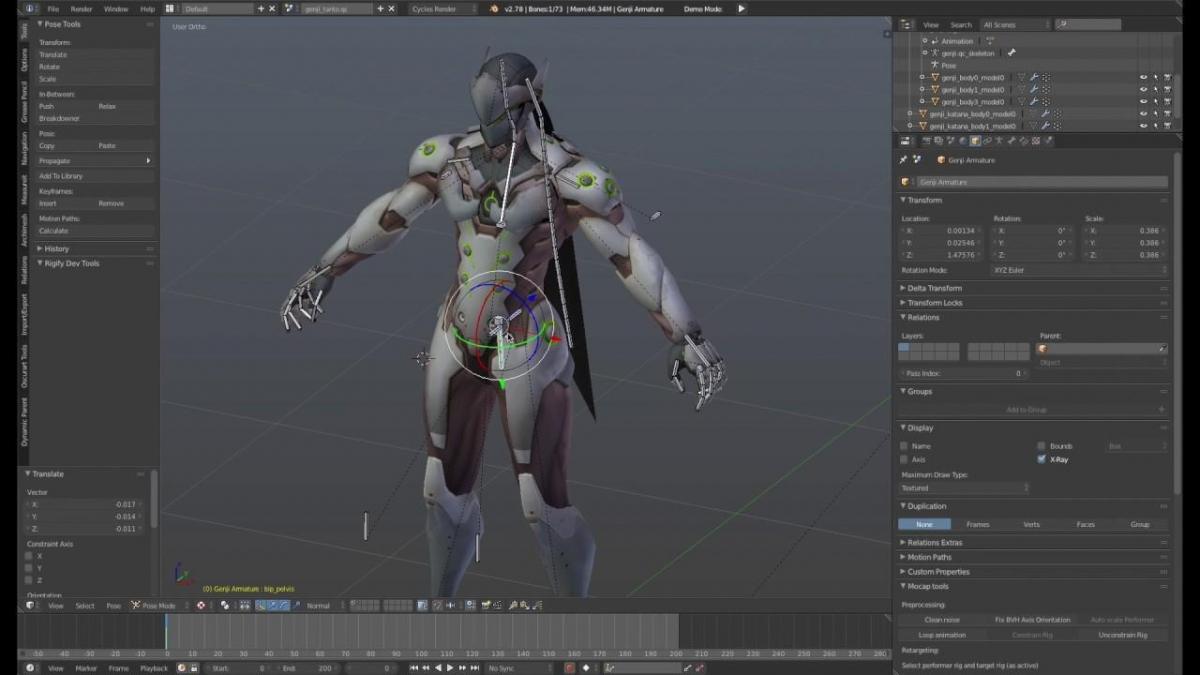
Of the 5 tools listed, 3DS Max is often praised for its motion graphics capabilities and high-quality rendering. After Effects has raised the bar on camera tracking and rotoscoping, while Houdini is frequently preferred for 3D modeling. As the name suggests, Fusion is great for fusing scenes and visuals in compositing. Finally, Maya is the go-to software for animation and 3D rendering.
As for VFX techniques, hundreds of them exist, though they can certainly be narrowed down into a smaller list of common types.
Main Types of VFX:
- Rotoscoping
- Simulation
- Miniatures/Scale models
- Matte Painting
- Clone/Doubling
- Motion Tracking
- Composting
Achieving these visuals is impossible without the right software, and it takes a certain level of practice to integrate them smoothly and craftily into a video/film/project.
Best visual effects trends and predictions
It is predicted that the global VFX market will double in size by 2025, accounting for a whopping 23.85 million dollars. To put this in perspective, the market is currently valued at $11.33M. Naturally, a significant portion of these figures comes from the movie industry, but we should never forget the giant range of media forms where the technology can be used.
Here are some of the trends to watch in the coming years:
1. Increased demand
The rise of the superhero blockbuster and action-packed cinema has made demand for VFX skyrocket. Adding to this, we are seeing these technologies being used in advertisements, educational materials, gaming, and even novice YouTube videos. There has never been a better time to be a specialist in this industry or start learning its practices.
2. New CGI wonders
When the “Rogue One” Star Wars film came out, moviegoers were amazed at the way that new CGI movie effects were able to digitally resurrect the appearance and movements of characters from decades ago. As our technologies advance with each year, we can also expect to see them being applied in new and wondrous ways in media.
3. The resurgence of practical effects
In stark contrast to the previous point, we can also foresee an expanded role for practical effects (prosthetics, physical props, scale models, etc.). This is due to a growing concern that CGI-based visual effects in movies are being overused and do not measure up to the realism of practical FX. Movies and videos that apply practical FX generously and creatively receive a lot of praise, so we can certainly expect them to remain relevant and widespread.
4. VR’s rise to prominence
Virtual Reality simulations already integrate a wide variety of VFX, and they are growing more popular every year. In fact, if the hardware used for VR games becomes more affordable in the future, we will probably see millions of people using the technology. In these conditions, it would not be a stretch to say that many VFX specialists and designers will find themselves working with AR tech in short order.
Finding a visual effects artist
If you are working on a project that will involve the use of VFX, there are a few options available to you. Firstly, you can invest your time in applying the visual changes yourself. This will usually involve a fair amount of reading and depleted coffee reserves. On the other hand, you can hire a person or company who has worked with the technologies before and has experience with achieving the exact visuals they needed. Obviously, this is the most common choice.
3D-Ace is a design studio with a long history of creating VFX of a level that few visual effects companies can achieve. Our VFX services include some of the finest industry practices, as well as custom approaches tailored to customers’ needs. We have developed and brought life to thousands of designs successfully, and can do the same for your project.

